US Gov’t surveys crypto mining’s impact on electricity use
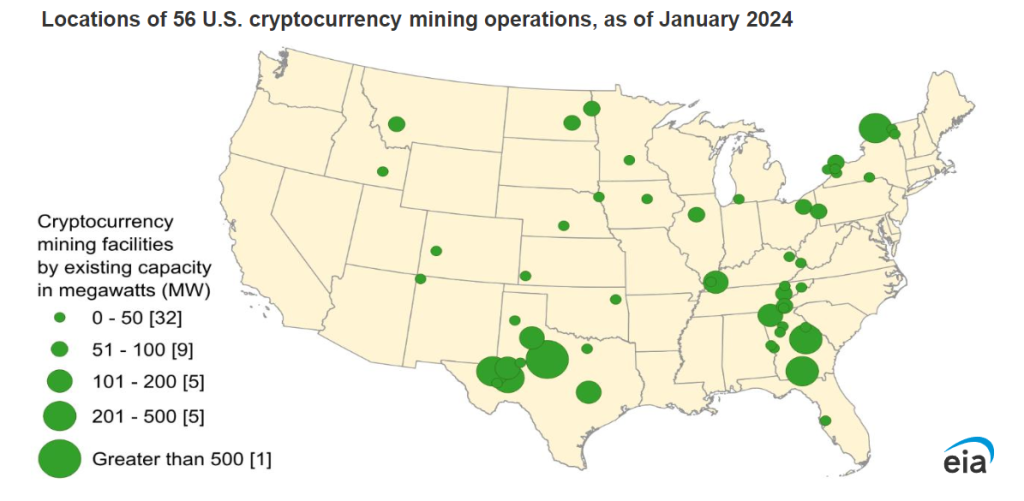
The U.S. Energy Information Administration will conduct a six-month mandatory survey involving all commercial cryptocurrency proof-of-work mining companies in the country.

The United States Department of Energy (DOE) has begun a mandatory information collection drive to develop a “baseline snapshot” of the energy consumption of the country’s cryptocurrency mining industry.
As Cointelegraph previously reported, the DOE’s Energy Information Administration (EIA) will carry out a provisional survey to measure the electricity usage of local mining firms. The DOE’s statistics agency received approval for its “emergency request” to collect data in January 2024.
Cointelegraph contacted the EIA to confirm finer details of the data collection drive and its reasoning. EIA media relations representative Morgan Butterfield cited a memorandum from the agency’s Administrator, Joe DeCarolis, requesting emergency clearance, which outlines the organization’s belief that the resurgent price of Bitcoin (BTC) is driving increased mining activity in the United States:
“As evidence, the price of Bitcoin has increased roughly 50% in the last three months, and higher prices incentivize more cryptomining activity, which in turn increases electricity consumption.”
DeCarolis added that the emergency clearance approval for its mandatory survey came as the U.S. was “in the grip of a major cold snap that has resulted in high electricity demand.” The EIA administrator argues that the effects of increased cryptocurrency mining and stressed electricity systems could result in driving up demand, which would “affect system operations and consumer prices.”
Developing a baseline snapshot of U.S. cryptocurrency mining
Butterfield said the EIA seeks to gather data to develop a “baseline snapshot of the crypto mining companies in the sample.”
This includes quantifying the rate of change in mining activity among mining firms, identifying electricity sources for U.S. cryptocurrency miners and singling out regions with concentrated mining activity.
The EIA confirmed that all commercial cryptocurrency mining facilities in the U.S. engaging in cryptocurrency mining using a proof-of-work (PoW) consensus mechanism are required to participate in the survey.
Related: Texas is home to nearly 30% of all Bitcoin hash rate — Foundry
The DOE’s Office of Management and Budget’s (OMB) approval of the emergency request permits the EIA to collect data monthly until the end of July 2024. The survey will also consider energy self-produced by cryptocurrency mining companies, which factors in facilities with no effect on the U.S. power grid.
Butterfield also confirmed that the EIA must publish a notice calling for public comments and feedback on the cryptocurrency mining facilities survey in February.
EIA’s best estimates of U.S. crypto mining electricity use
Following the announcement of the mandatory survey, the EIA published a technical analysis report unpacking the basics of cryptocurrency mining and top-down and bottom-up power consumption estimates of the local mining industry.
The EIA considers the widely cited Cambridge Bitcoin Electricity Consumption Index (CBECI) a top-down approach that estimates Bitcoin mining metrics in the United States. The CBECI’s most recent data estimates the global share of Bitcoin mining in the U.S. rising from 3.4% in January 2020 to 37.8% in January 2022.
Assuming the share of global activity in the U.S. remains at that rate, the EIA estimates electricity usage from Bitcoin mining based in the United States to range from 25 terawatt hours to 91 TWh. This estimate represents 0.6% to 2.3% of the national electricity demand in 2023, which was 3,900 TWh.
Related: Cambridge Bitcoin Electricity Consumption Index updated to reflect hardware distribution and hash rate increases
The EIA undertook its own bottom-up approach to estimate cryptocurrency mining power usage in the United States. The agency identified 137 U.S.-based facilities and gathered location and capacity data for 52 specific operations in 21 states. Most of these sites are in Texas, Georgia and New York.

The EIA collected details for each facility and gauged the maximum power capacity needed to run mining rigs in megawatts (MW). Several facilities were tied to power-generating plants listed in the administration’s EIA-860 annual electric generator report.
EIA estimated the maximum electricity capacity available to these plants to be 10,275 MW. The report concedes that mining facilities typically operate below maximum capacity and estimates that a high-range estimate of their electricity usage would be around 70 TWh.
Crypto community is skeptical of government surveillance
The emergency order approving the EIA’s survey of cryptocurrency miners in the U.S. was met with skepticism by some sections of the country’s mining and Bitcoin community. Some individuals took to X to share concerns over the DOE’s data collection efforts.
The TBC is deeply concerned about the flagrant overreach by the EIA (Energy Information Administration) in its baseless emergency order to require Bitcoin mining firms to report energy consumption. This discriminatory action against certain consumers appears to advance fringe…
— Lee ₿ratcher (@lee_bratcher) February 1, 2024
Lee Bratcher, president of the Texas Blockchain Council, said the body was “deeply concerned” by what it described as a “flagrant overreach” by the EIA:
“This discriminatory action against certain consumers appears to advance fringe political interests over facts & sound policy.”
Pierre Rochard, vice president of research at Bitcoin mining infrastructure firm Riot Platforms, argued that Bitcoin mining plays an active role in stabilizing energy grids and that there was no emergency to collect data.
The science is clear, experts agree that #bitcoin stabilizes the grid thanks to demand-response.
There’s no “emergency” to collect data.https://t.co/951yBZqqHi pic.twitter.com/tL4d2Uhsop
— Pierre Rochard (@BitcoinPierre) January 31, 2024
Marty Bent, director of Bitcoin mining firm Cathedra, suggested that the U.S. authorities are looking to “create a hyper-detailed registry of miners.”
Currently diving into this edict from the EIA against bitcoin mining operations in the US. It is extremely Orwellian.
It seems like they are trying to create a hyper-detailed registry of miners in the US down to particular ASICs. pic.twitter.com/tfZRhjugHe
— Marty Bent (@MartyBent) February 1, 2024
The EIA’s analysis report does recognize the efforts of cryptocurrency mining operations to cooperate with grid operator incentives for large electricity consumers to curtail use during periods of peak demand:
“Cryptocurrency miners have become regular participants in these programs, known as demand-response, resulting in operations being cut back or shut down temporarily.”
Related: Riot Platforms says Texas energy strategy reduced production costs by $31M
The EIA points to the Electric Reliability Council of Texas grid operator’s Large Flexible Load (LFL) program, which helped 1,530 MW of large industrial consumers to curtail their use during peak demand periods.
Cryptocurrency miners are cited as major participants in the program, which requires plant owners to inform the state of anticipated demand for electricity over a future five-year period.


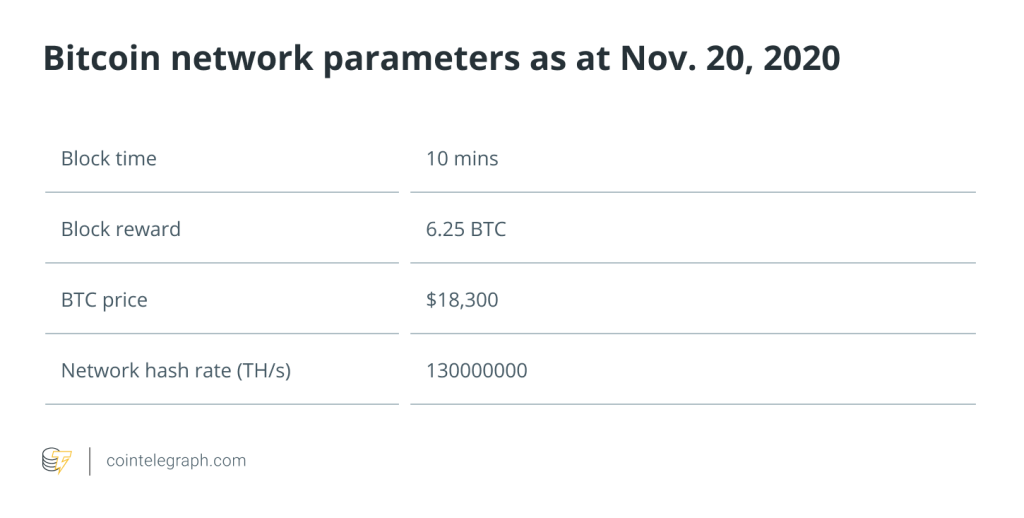
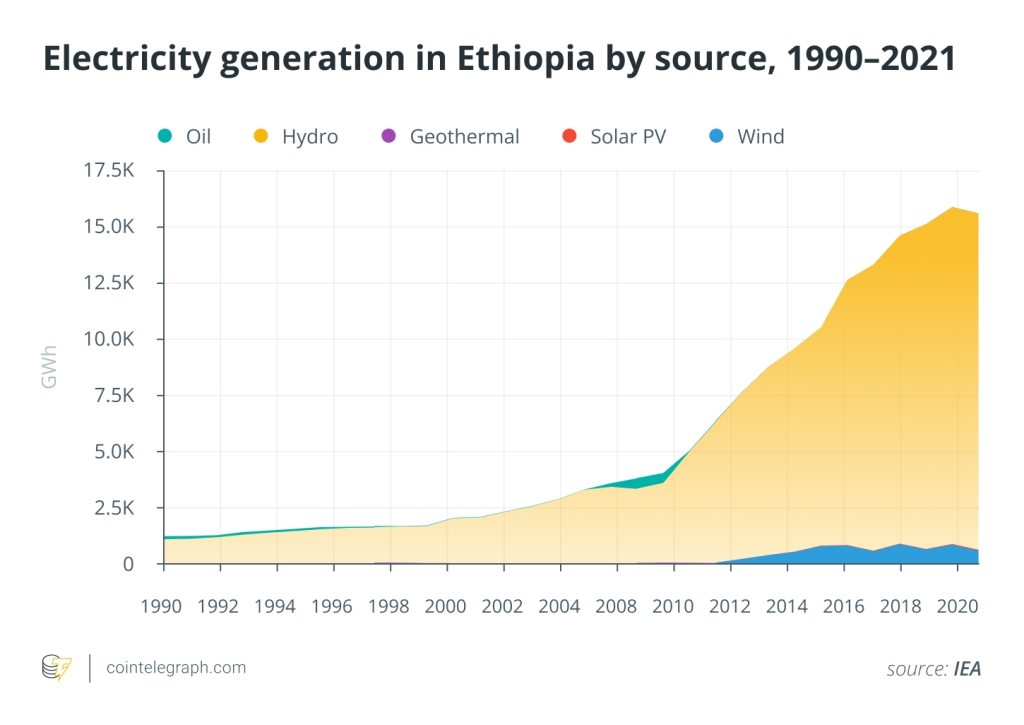
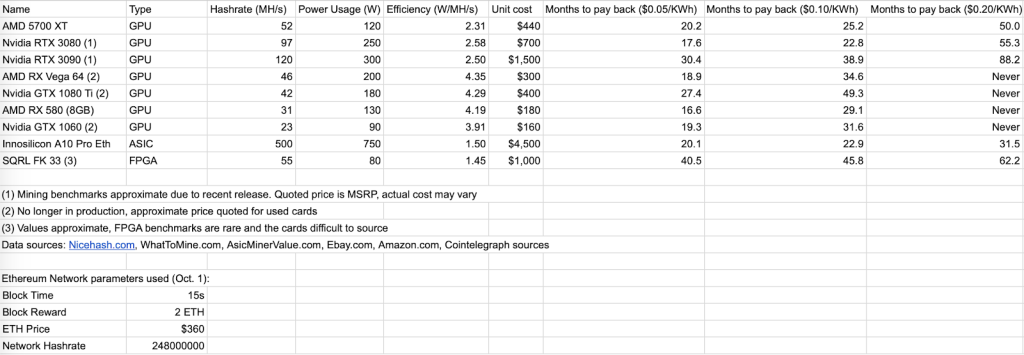
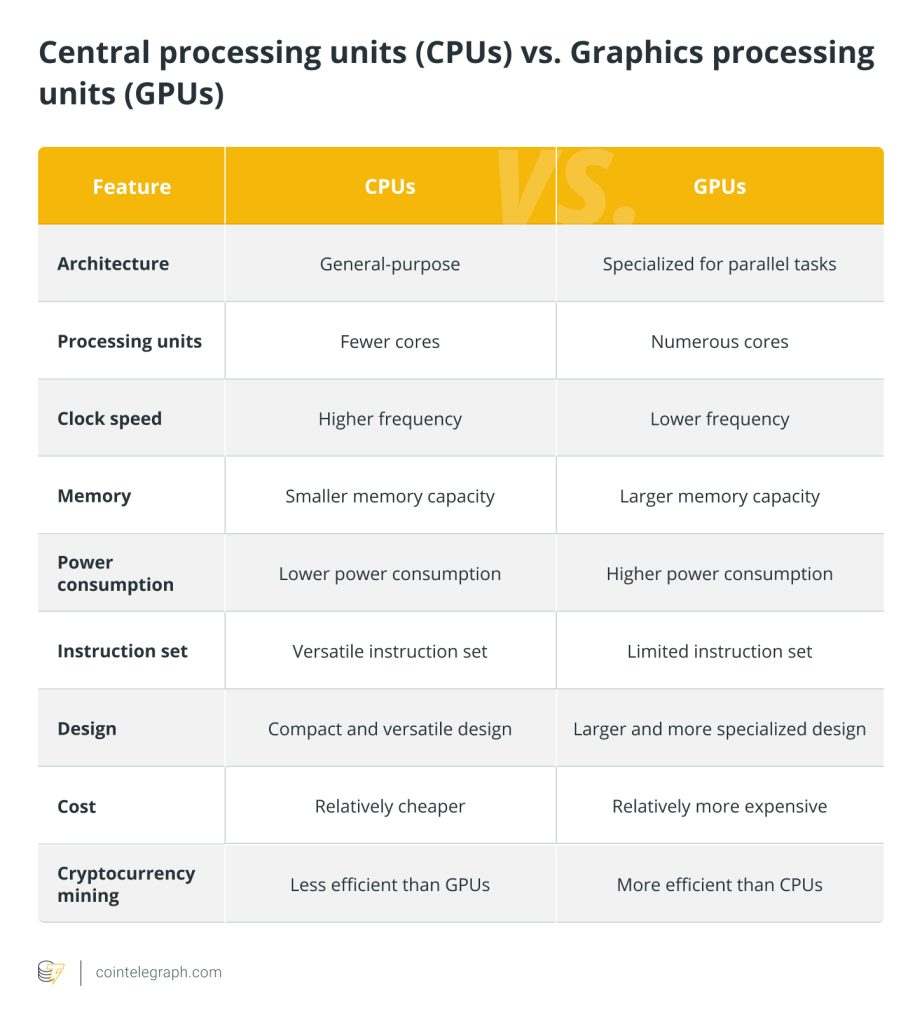
… [Trackback]
[…] Find More Information here to that Topic: x.superex.com/news/blockchain/4056/ […]
… [Trackback]
[…] Information to that Topic: x.superex.com/news/blockchain/4056/ […]
… [Trackback]
[…] Find More on that Topic: x.superex.com/news/blockchain/4056/ […]
… [Trackback]
[…] There you can find 66103 more Info on that Topic: x.superex.com/news/blockchain/4056/ […]
… [Trackback]
[…] Here you will find 95270 more Info on that Topic: x.superex.com/news/blockchain/4056/ […]
… [Trackback]
[…] Read More Information here on that Topic: x.superex.com/news/blockchain/4056/ […]
… [Trackback]
[…] Find More Info here to that Topic: x.superex.com/news/blockchain/4056/ […]
… [Trackback]
[…] Find More to that Topic: x.superex.com/news/blockchain/4056/ […]
… [Trackback]
[…] Read More Information here on that Topic: x.superex.com/news/blockchain/4056/ […]
… [Trackback]
[…] Read More Info here to that Topic: x.superex.com/news/blockchain/4056/ […]
… [Trackback]
[…] There you will find 44188 additional Info to that Topic: x.superex.com/news/blockchain/4056/ […]
… [Trackback]
[…] There you can find 52758 additional Information on that Topic: x.superex.com/news/blockchain/4056/ […]
… [Trackback]
[…] Information to that Topic: x.superex.com/news/blockchain/4056/ […]
… [Trackback]
[…] Find More here to that Topic: x.superex.com/news/blockchain/4056/ […]
… [Trackback]
[…] Find More on on that Topic: x.superex.com/news/blockchain/4056/ […]
… [Trackback]
[…] Find More Info here to that Topic: x.superex.com/news/blockchain/4056/ […]
… [Trackback]
[…] Find More on that Topic: x.superex.com/news/blockchain/4056/ […]
… [Trackback]
[…] Find More to that Topic: x.superex.com/news/blockchain/4056/ […]
… [Trackback]
[…] Find More Information here on that Topic: x.superex.com/news/blockchain/4056/ […]